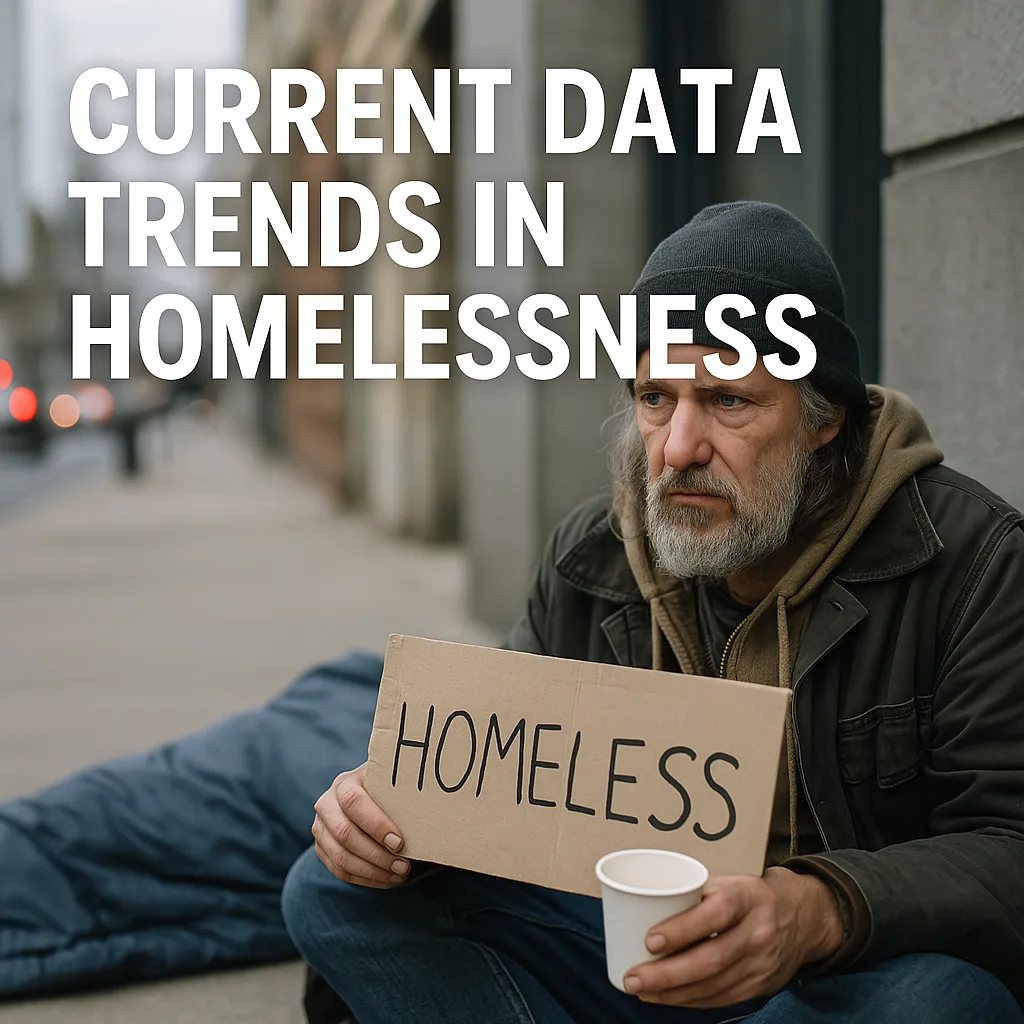
Supporting the Unhoused: Current Strides and Improvements in Homelessness Response (2024–2025)
🧠 Supporting the Unhoused: Current Strides and Improvements in Homelessness Response (2024–2025)
While homelessness remains a growing challenge across the U.S., 2024–2025 has seen a number of transformative efforts, backed by data, funding, and policy innovation. The following breakdown highlights significant improvements, based on recent reports from HUD, USICH, and the National Alliance to End Homelessness.
📊 1. The Current Landscape of Homelessness in America
As of January 2024, more than 770,000 people in the U.S. were experiencing homelessness — the highest number recorded since data collection began. This marks an 18% increase from 2023 and reflects growing pressures such as inflation, lack of affordable housing, climate-related displacement, and pandemic aftershocks.
(HUD AHAR Report 2024)
Most alarming is the 39.4% rise in family homelessness, which signals a systemic gap in support structures for parents, children, and caregivers. This surge disproportionately affects single mothers and Black and Indigenous families, underscoring the need for both economic support and trauma-informed intervention.
🏠 2. Federal Funding and Policy Momentum
To counteract these trends, the U.S. Department of Housing and Urban Development (HUD) rolled out $420 million in grants across 32 regions to strengthen local responses to unsheltered homelessness — a term for individuals sleeping in cars, encampments, or public places.
Alongside that, $51.5 million in Youth Homelessness System Improvement grants have been distributed to improve outreach, housing access, and mental health services for unaccompanied minors and LGBTQ+ youth.
(USICH Youth Homelessness Report)
The DOJ and HUD also co-launched the “Zero Returns to Homelessness” initiative, aimed at ensuring that formerly incarcerated individuals have housing options and support services to reduce the likelihood of recidivism or homelessness after release.
(USICH Annual Report 2024)
🏘️ 3. Expanding the Housing First Approach
The Housing First model, which prioritizes permanent housing without preconditions (such as sobriety or employment), continues to show success in reducing chronic homelessness and stabilizing lives. Studies show that this approach cuts emergency room visits, arrests, and shelter use, saving cities millions annually.
However, scaling this model nationwide remains a financial hurdle. According to the National Alliance to End Homelessness, it would cost $9.6 billion to provide permanent housing for all who stayed in homeless shelters in 2022.
(Cost Analysis Report)
Despite funding barriers, the Housing First model is being adopted in more municipalities and has become a centerpiece in many state-level homelessness strategies.
📈 4. Promising Outcomes Amid Persistent Disparities
There are rays of hope: Veteran homelessness has steadily declined, thanks to targeted interagency coordination between HUD, the VA, and local nonprofits. This demonstrates that focused, well-funded programs can lead to real results.
Yet, stark racial and gender disparities persist. Black Americans represent 39% of the homeless population but only 13% of the general population. Native Hawaiians, Pacific Islanders, and Indigenous people also experience homelessness at much higher rates.
Moreover, gender-expansive individuals — including transgender and nonbinary people — have seen a 217% rise in homelessness since 2015, largely due to discrimination in housing, employment, and healthcare.
(State of Homelessness Report)
🔍 5. The Road Ahead: Innovation, Collaboration, and Accountability
The path forward requires not just more funding, but better coordination across public and private sectors. This includes integrating mental health services into housing programs, improving data collection, and designing culturally competent interventions for at-risk populations.
Technology is also playing a role. Tools like mobile health clinics, digital housing applications, and predictive analytics are helping cities reach unsheltered individuals more effectively. However, these innovations must be paired with long-term political will and sustainable funding mechanisms to create lasting change.
Final Thoughts
Homelessness is not a monolith — it's a complex, multi-dimensional issue that requires tailored, compassionate, and data-driven responses. While the numbers are sobering, the recent federal efforts and local innovations show that positive transformation is not only possible but already underway.